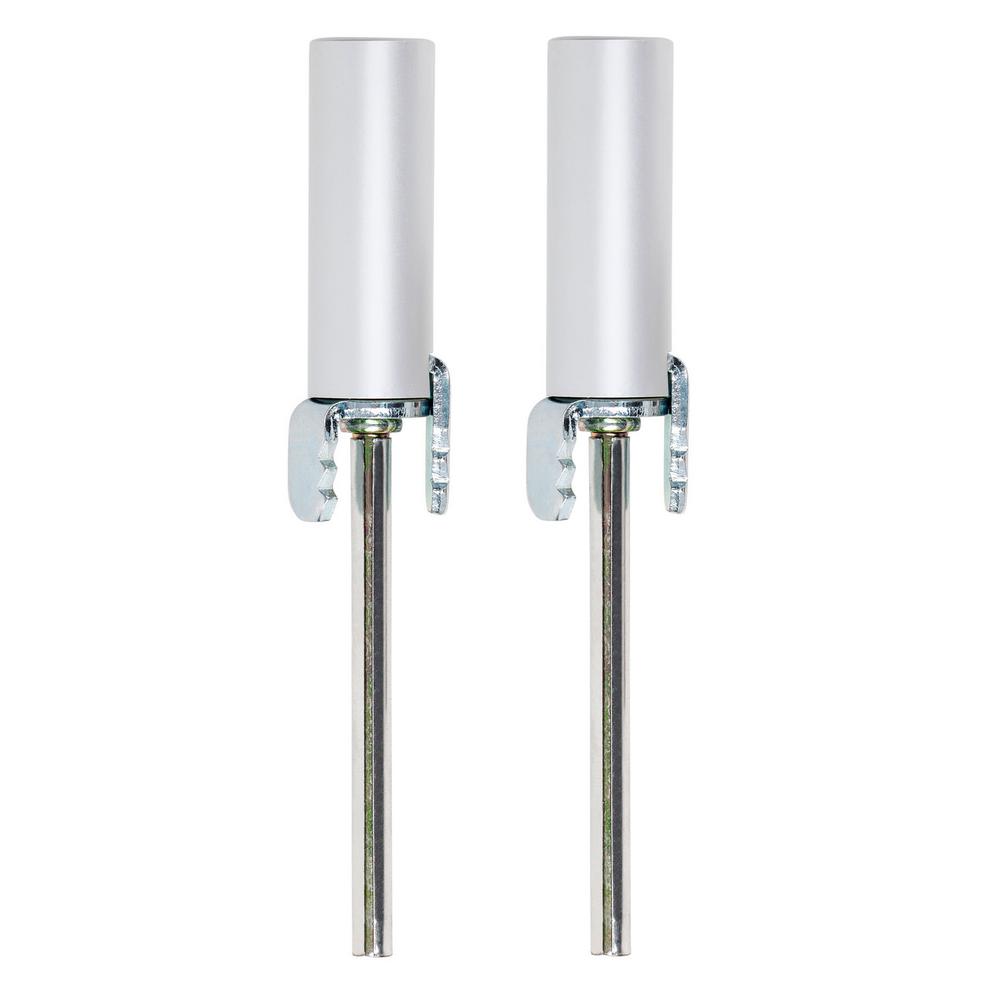If your hinge has a tension pin inserted into the side of the hinge you need to pull the pin from the hinge with needle nose pliers.
How to adjust spring loaded door hinge with no pins.
Start by removing the locking pin photo 1.
Adjusting the spring loaded hinge can see daunting but our step by step process is here to help.
I ll bet that you never knew you could adjust a self closing door hing.
Hang a note on the door as a reminder.
A spring loaded hinge works to ensure that a door automatically closes without you having to push or pull.
Turn the wrench clockwise if you want the door to close faster.
Turn the hex key wrench in the direction of the arrow to adjust the door to close more tightly.
If you have locking pins then see description below for additional instructions.
Stanley spring hinges provide tension adjustments to hold doors at any desired angle.
Follow our helpful process here to make your next project a.
Press the wrench down firmly to engage the locking mechanism inside the hinge.
A spring hinge has a hex screw in the barrel that controls the adjustment.
The hex screw is concealed by a locking screw at the end of the barrel.
Then add or release tension until you get the proper close rate photo 2.
Remove the locking pin.
This video will show you how to adjust a self closing spring hinge door.
Rotate the wrench a quarter turn clockwise until you hear it click into the new position.
Use needle nose pliers to pull the tension pin from the.
Adjusting a spring loaded hinge must be done with the door closed.
Getting the correct tension is key to a safe and useful spring loaded hinge.
Only adjust the hinge by 1 position at a time so you don t overtighten or break the hinge.









